Increasing Water Scarcity
The rising concern over water scarcity is a pivotal driver for the Membrane Bioreactor Market. As populations grow and industrial demands escalate, the need for efficient wastewater treatment solutions becomes paramount. Membrane bioreactors offer a compact and effective method for treating wastewater, thereby enabling the recycling of water for various applications. According to recent estimates, the demand for advanced water treatment technologies is projected to grow at a rate of 8% annually, underscoring the urgency for innovative solutions like membrane bioreactors. This trend is likely to propel investments in the Membrane Bioreactor Market, as municipalities and industries seek to mitigate water shortages and enhance water quality.
Technological Innovations
Technological advancements play a crucial role in the evolution of the Membrane Bioreactor Market. Innovations in membrane materials and configurations are enhancing the performance and efficiency of bioreactors. For example, the development of hollow fiber membranes has significantly improved filtration capabilities, leading to higher permeate quality and lower operational costs. The market is projected to expand as these innovations make membrane bioreactors more accessible and cost-effective for various applications. Furthermore, the integration of automation and monitoring technologies is streamlining operations, thereby attracting more stakeholders to the Membrane Bioreactor Market. This continuous evolution suggests a robust future for membrane bioreactor technologies.
Focus on Sustainable Practices
The emphasis on sustainability is a driving force behind the growth of the Membrane Bioreactor Market. As organizations and governments prioritize environmental stewardship, the demand for sustainable wastewater treatment solutions is increasing. Membrane bioreactors are recognized for their ability to reduce energy consumption and minimize waste generation compared to traditional treatment methods. This aligns with global sustainability goals, prompting investments in membrane bioreactor technologies. The market is likely to benefit from initiatives aimed at promoting green technologies, as stakeholders seek to enhance their environmental performance. This focus on sustainability not only supports the growth of the Membrane Bioreactor Market but also contributes to broader efforts in achieving ecological balance.
Growing Industrial Applications
The expansion of industrial applications is a notable driver for the Membrane Bioreactor Market. Industries such as food and beverage, pharmaceuticals, and textiles are increasingly adopting membrane bioreactor systems for wastewater treatment. These systems not only provide effective contaminant removal but also enable water reuse, which is becoming a critical factor in industrial sustainability strategies. The market is anticipated to grow as more industries recognize the benefits of integrating membrane bioreactors into their operations. For instance, the food and beverage sector is projected to account for a significant share of the market, driven by the need for efficient wastewater management solutions. This trend indicates a promising trajectory for the Membrane Bioreactor Market.
Rising Environmental Regulations
Stringent environmental regulations are increasingly shaping the landscape of the Membrane Bioreactor Market. Governments worldwide are implementing stricter guidelines to control wastewater discharge and promote sustainable practices. These regulations often mandate the use of advanced treatment technologies, such as membrane bioreactors, which are known for their efficiency in removing contaminants. The market is expected to witness a surge in demand as industries strive to comply with these regulations. For instance, the European Union's Water Framework Directive emphasizes the need for improved water quality, which could drive the adoption of membrane bioreactor systems. This regulatory push is likely to create a favorable environment for growth within the Membrane Bioreactor Market.


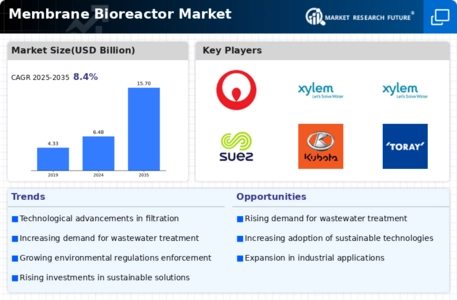
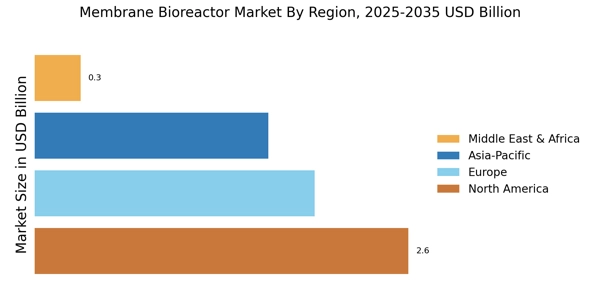
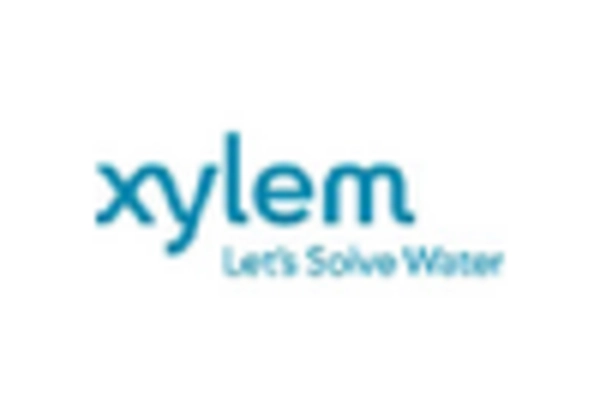
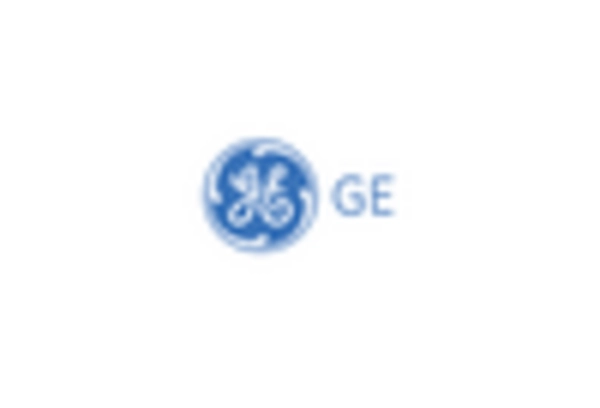
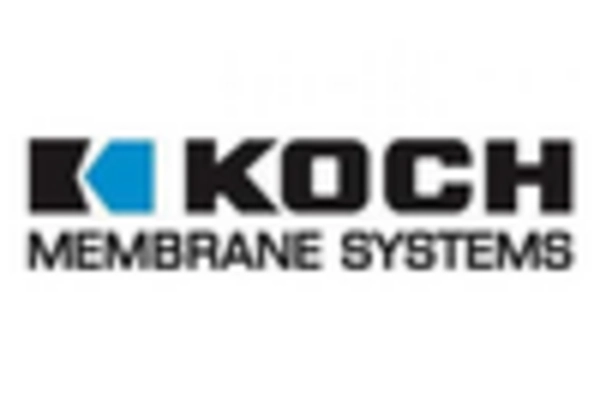
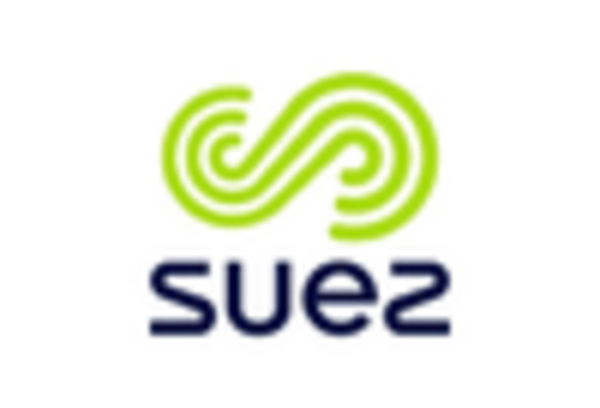
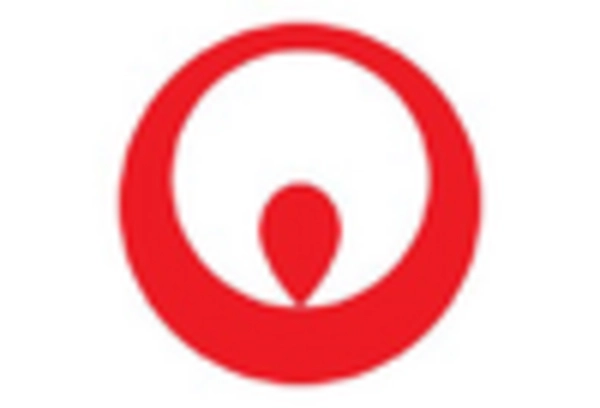
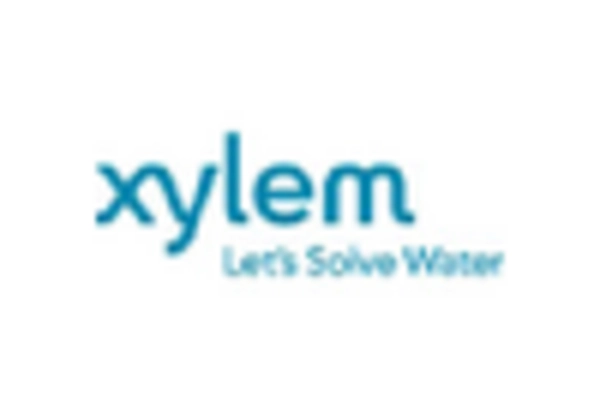








Leave a Comment